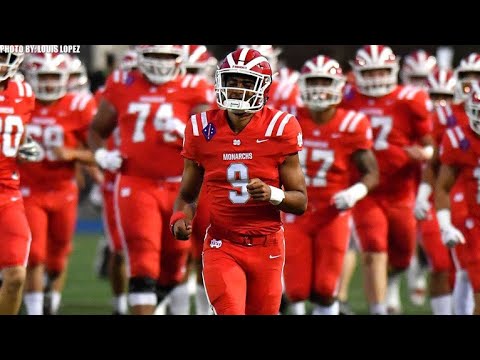What Does D3 Mean in Sports?
D3 sports are college sports teams that compete at the Division III level of the National Collegiate Athletic Association (NCAA).
Checkout this video:
D3 in College Sports
D3 schools are colleges and universities that are not part of the NCAA Division I or Division II. D3 schools are smaller and usually have less money to spend on their athletics programs than Division I and II schools. That doesn’t mean that D3 schools don’t have good sports teams. In fact, many D3 schools have very successful athletics programs.
D3 schools are non-scholarship
In the United States, Division III is a division of the National Collegiate Athletic Association (NCAA). D3 schools are non-scholarship, meaning that athletes who choose to compete at these schools will not have their tuition or other expenses paid for by the athletic department.
D3 schools typically have smaller budgets and rely heavily on student fees and other forms of revenue to support their programs. Despite this, many D3 schools offer competitive athletics programs and have successful teams in a variety of sports.
Some well-known D3 schools include Amherst College, Williams College, Wesleyan University, and the University of Chicago.
D3 athletes compete for the love of the game
D3 athletes compete for the love of the game. They are not eligible for athletic scholarships, but they still want to compete at a high level. D3 schools are typically smaller schools that do not have the resources to offer athletic scholarships. However, D3 athletes still receive some financial aid and are often able to compete for conference and national championships.
D3 in Professional Sports
In professional sports, D3 generally refers to the third level of competition. This could be the third tier of a sport in a given country, or the third highest level of competition in the world. For example, in professional baseball in the United States, Major League Baseball (MLB) is the highest level of competition, followed by Minor League Baseball (MiLB), and then finally D3.
D3 athletes are often overlooked
In the world of professional sports, athletes who competed at the NCAA Division III level are often overlooked. D3 schools are typically smaller and don’t have the same level of funding or exposure as Division I or II schools. As a result, many people assume that D3 athletes aren’t as good as their counterparts from other divisions.
However, that assumption is unfounded. There have been plenty of successful athletes who competed at the D3 level, including Pro Football Hall of Famer Jerry Rice and NBA All-Star Carmelo Anthony. Just because an athlete didn’t compete at a Division I school doesn’t mean they’re not good enough to play professionally.
If you’re a fan of professional sports, don’t overlook athletes from D3 schools. They might just surprise you with their talent and ability.
D3 athletes have to work harder to make it to the top
While D1 and D2 athletes may have more natural talent or come from better programs, D3 athletes have to work harder to make it to the top. They often must juggle academics and athletics, and they may not have the same level of financial support. As a result, D3 athletes tend to be more dedicated and determined than their counterparts in other divisions.
That doesn’t mean that D3 athletes are any less talented—in fact, many of them are just as good as, if not better than, athletes in the other divisions. It just means that they often have to work a little bit harder to get where they want to be.
The Bottom Line
D3 is an abbreviation for Division 3. In the NCAA, D3 is the third level of competition. There are more than 400 D3 schools across the country. Most D3 schools are small and do not offer athletic scholarships. That means that D3 athletes are often playing for the love of the game.
D3 athletes are passionate and dedicated
D3 athletes are passionate and dedicated to their sport. They love the competition and the camaraderie that comes with being part of a team. They are also willing to put in the hard work necessary to compete at the highest levels.
D3 athletes often choose to continue their education after high school, and many go on to compete at the collegiate level. There are more than 1,000 colleges and universities that offer D3 athletics programs, and these schools provide a great opportunity for athletes to continue their academic and athletic careers.
While D3 schools do not offer athletic scholarships, they do provide other forms of financial assistance that can help athletes pay for their education. In addition, D3 schools often have smaller class sizes and more personal attention from faculty, which can benefit student-athletes who are juggling academics and athletics.
D3 athletes have what it takes to succeed in any level of competition
D3 athletes are some of the most dedicated and hardworking athletes out there. They have what it takes to succeed in any level of competition. Whether it’s Division I, II, or III, these athletes are ready to give it their all.







